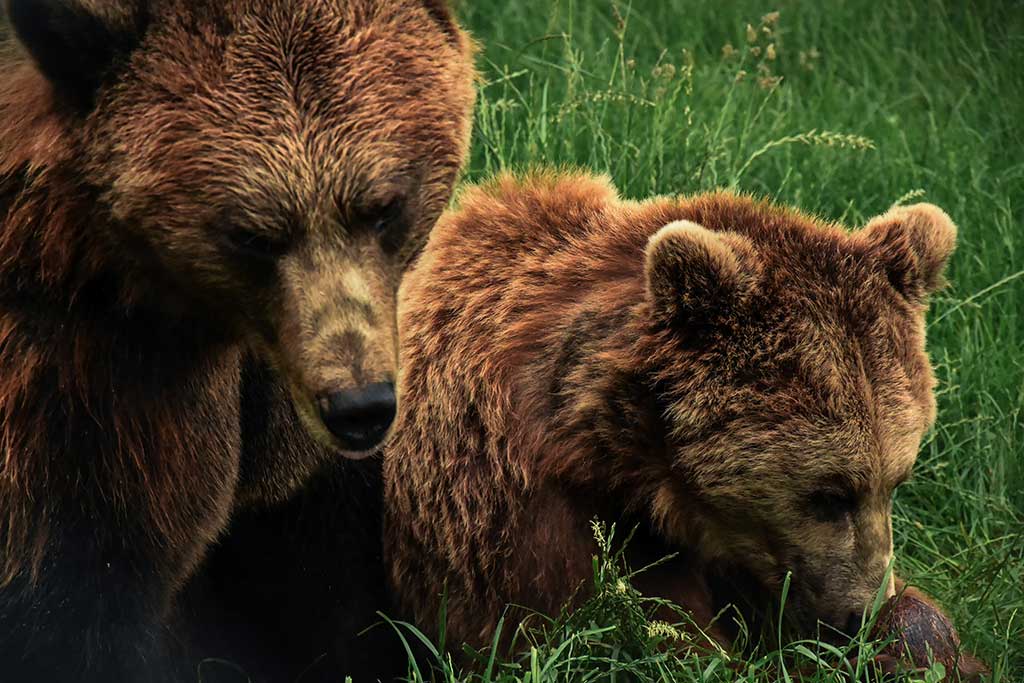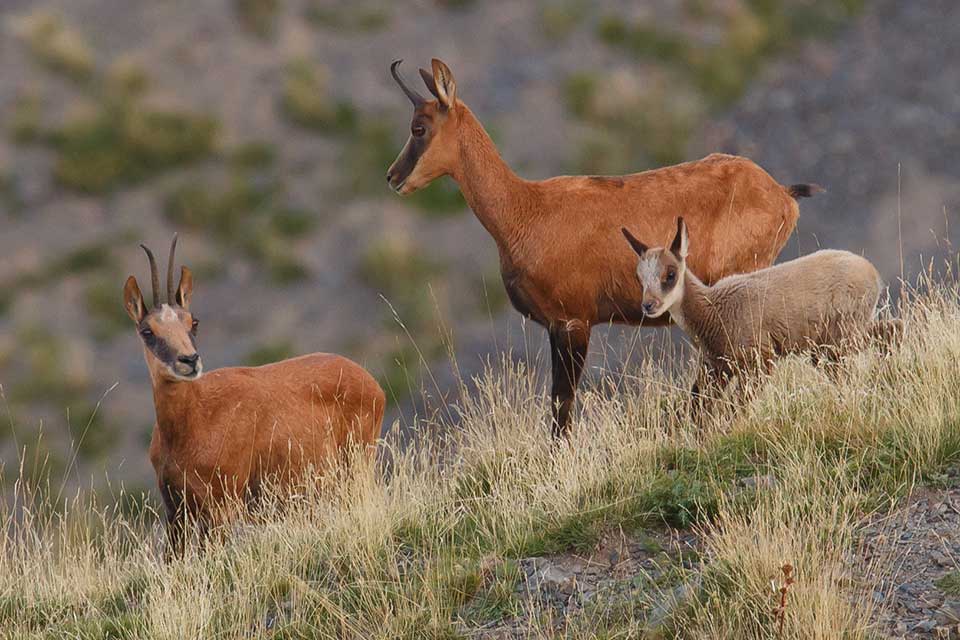Mammals in the Pyrenees: a refuge for wild fauna
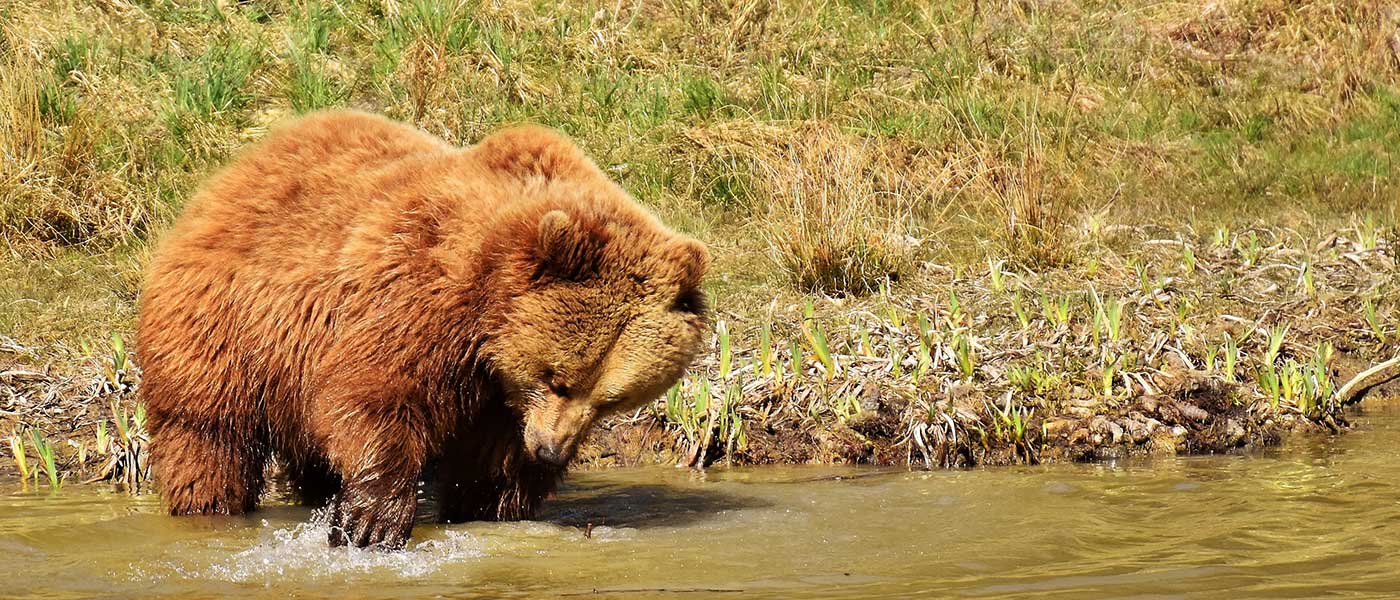
The mountain ranges of the Pyrenees The landscape, which stretches from sea to sea, inaccessible in many cases to the hand of man - or at least reduced by this pressure - is still today a haven of peace for a wild fauna. The fact that these untamed places: the cliffs that only intrepid climbers reach; the high meadows where these small mammals graze with a certain tranquillity; the innocence even in this carefree scampering between rocks, is something that we must preserve together.
In the Pyrenees special mammals such as the Iberian brown bear, red deer, fallow deer, roe deer, mouflon and chamois have found refuge in the Pyrenees. We will now take a look at the different species of wild fauna that live in the Pyrenees.
Iberian Brown Bear
The brown bear disappeared from the Central Pyrenees in 1990. Since then, many efforts have been made to recover this species in the Pyrenean mountain range. At present, many of these efforts are channelled through the European project Piroslife, which is fighting for the consolidation of the Brown Bear in the Pyrenees.. Recovery is progressive, with the introduction of specimensThey have found a good habitat in the Catalan Pyrenees: the Aran Valley and in the Alt Pirineu natural park and, more specifically, in areas such as the Àneu, Tavascán, Val Ferrera, Lladorre and El Cardós valleys.
In Isil (Alt Àneu, Pallars Sobirà) is the 'Casa del Oso Pardo en los Pirineos' (Brown Bear House in the Pyrenees) - a project by the Casa de l'Ós Bru dels Pirineus Association-A place where you can learn a lot about this beautiful mammal and take guided tours through the places that are considered to be the bear's homes.
As a curiosity, the brown bear can reach 200 kilos in weight and 2 metres in length, so be careful with it. They are elusive animals and their eyesight is barely developed, but their sense of smell is very sensitive, which allows them to detect food at a great distance.
Red Deer
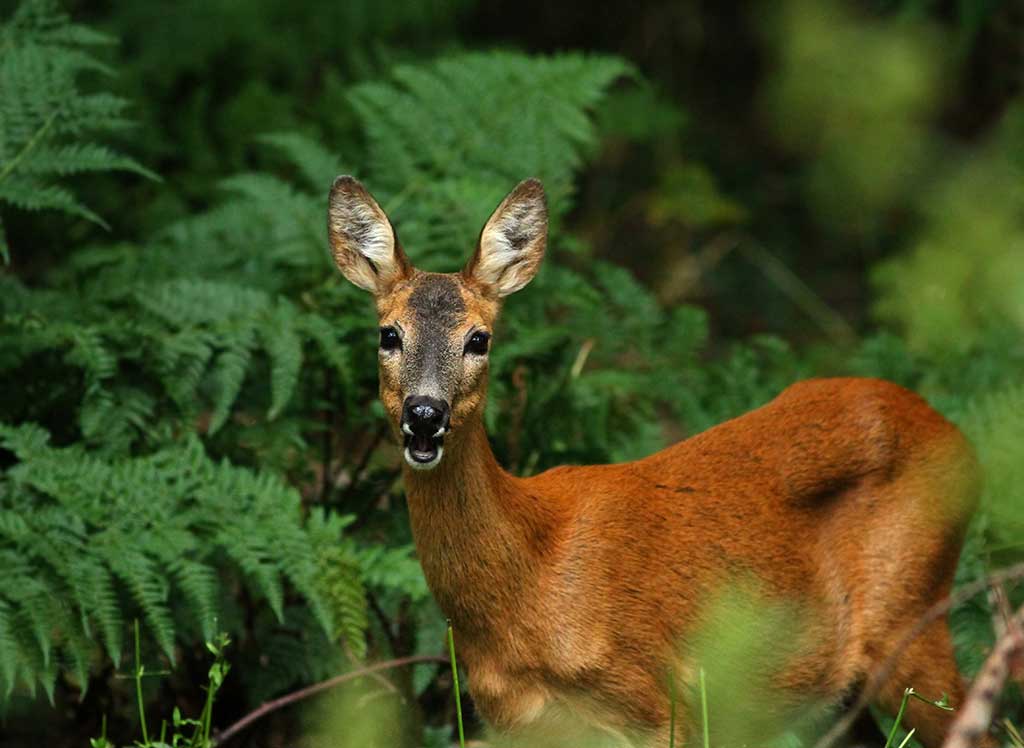
It is the largest deer you will find in Europe. This herbivorous animal predominates in the Pyrenees. If you want to witness a fabulous spectacle, make the most of it and travel during the rutting season, at the beginning of autumn. For this purpose, we especially recommend the area of Lleida and the Boumort mountain range -the rutting of the stags has become a tourist attraction in the Lleida Pyrenees. During this period you will hear the songs of the stags looking for mates in their rutting season.
El Gamo
It was an almost extinct animal and, fortunately, the population is recovering. They frequent the meadows at the edges of the forest to graze peacefully.
The Aigüestortes National Park, Lake Sant Maurici, or in the vicinity of the Cortalet lake; the Aiguamolls de l'Empordà Natural Park; are currently a refuge for this species in the Lleida Pyrenees.
Like deer, fallow deer are most easily spotted during the rutting season.
The Roe Deer
It is smaller than the deer and fallow deer and also easier to find as it lives in practically the whole of the Pyrenees. Its long, slender legs give this beautiful mammal a tender and amusing appearance. It has no tail and its coat varies, being brownish in summer and greyish in winter.
The Mouflon
The Vall de Núria and the Vall de Tor are the best places to see it.
El Rebeco
In this case, winter is the ideal time to see chamois, as this is when these animals come down to look for food in the lower areas of the mountains, especially in the early mornings when the animals graze carelessly. They can be seen especially in the early mornings when the animals graze carelessly. What mountaineer has not seen them scampering happily among the cliffs?
The groundhog
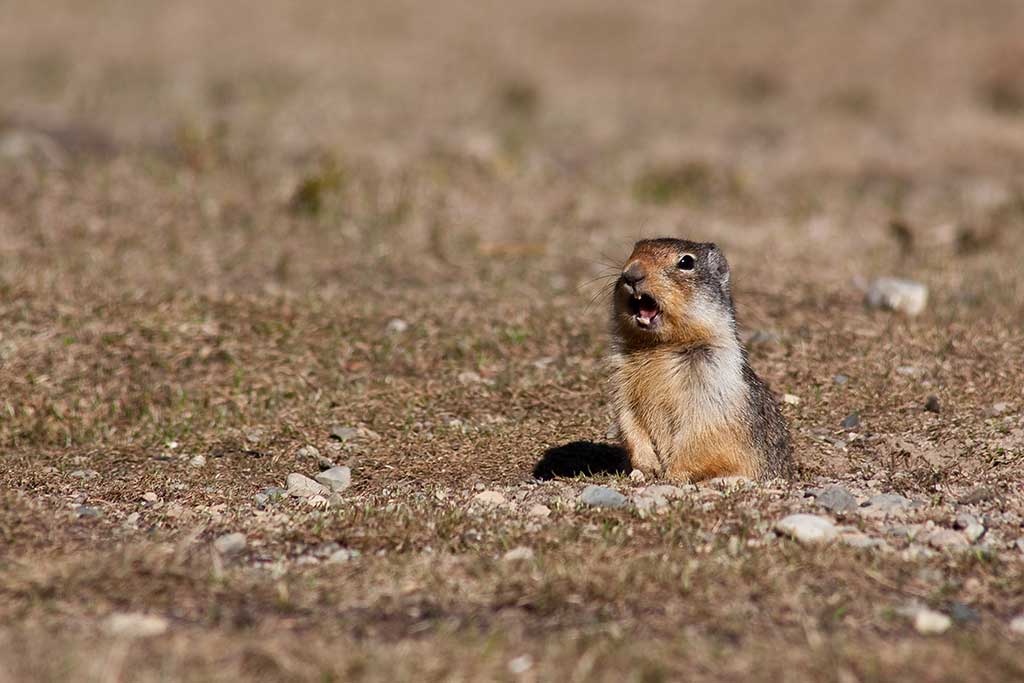
The largest and most special of rodents, this friendly rodent can be found on our excursions in the Pyrenees. Their shelters are usually high up in the mountains, at an altitude of around 2,000 metres. You will know you are close to a marmot because you will hear its characteristic whistling sounds.
The rutting season begins between March and April, and it is at this time that the marmot population is most abundant for observation. Although in summer it is also common to see them sunbathing on the rocks or looking for food.
The wild boar
It is common to see the tracks of this species in waterlogged areas, where they remove soil and mud. They are not so easy to spot, as they frequent the most inaccessible areas of the forest.
They are large animals that weigh over 80 kilos and feed on earthworms and roots. They have the habit of digging in the earth to look for these delicacies and rubbing their bodies against the trees, after a refreshing mud bath, leaving their mark on the trunks that are left full of mud and hair, so you know what clues you can look for if you want to know if there are wild boars nearby.
The otter
The otter is an aquatic animal par excellence. In fact, the presence of this small mammal is an indication of the high environmental quality of the habitat.
The Iberian Wolf
The wolf population had been lost, but in recent years the animal has been reintroduced to the territory. It is now possible to enjoy its presence, especially in the Ripollès and Cerdanya areas.
READ ALSO:
Don't miss any adventure in the Pyrenees!

